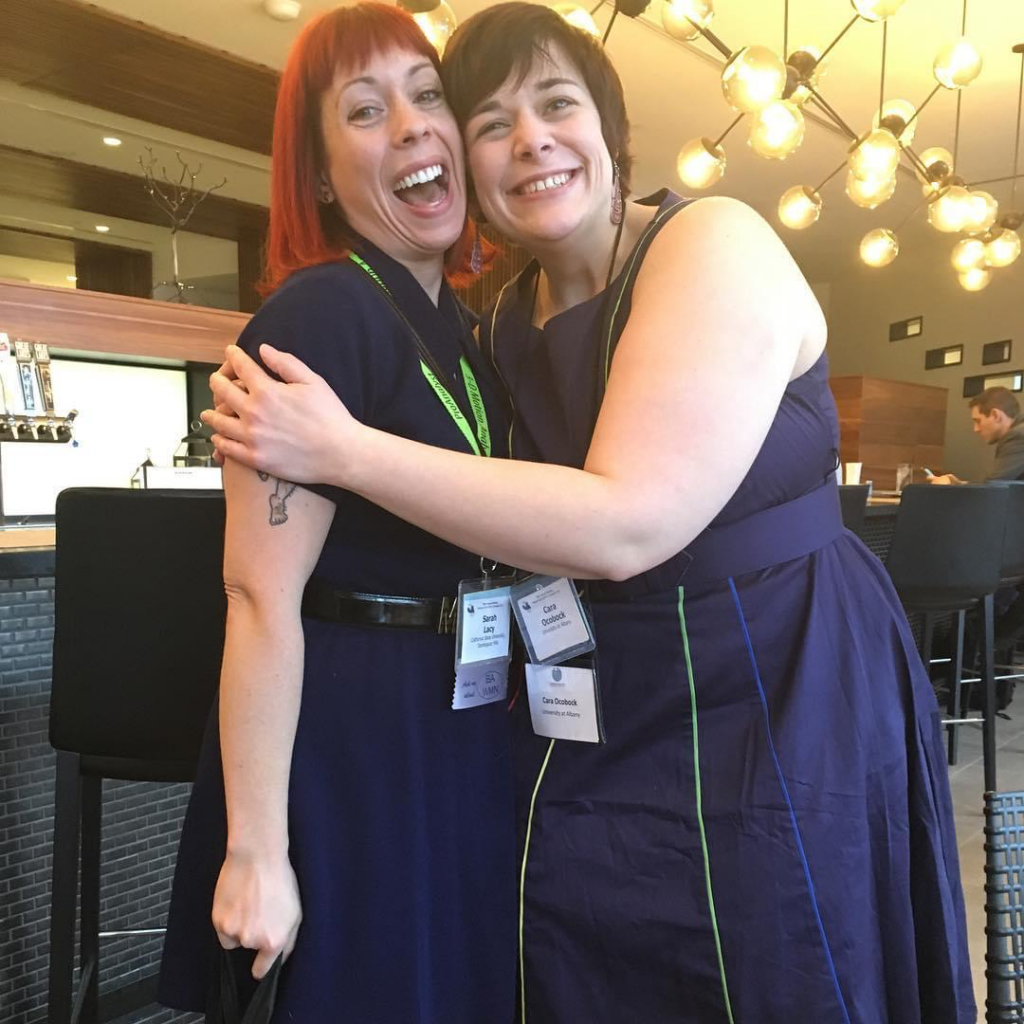A Scientific American cover story by anthropology alumnae Cara Ocobock and Sarah Lacy, both PhD ’14, shows the power of collaboration, then and now.
An early human hurls a spear at an antelope and tracks the wounded animal across the African savanna. Do you have a clear picture of the hunter in mind?
Perhaps she’s not exactly what you imagined.
For the last few years, Department of Anthropology alumnae Cara Ocobock, PhD ’14, and Sarah Lacy, PhD ’14, have been working together to shatter the oversimplified myth that hunting in early societies was strictly a man’s job. “Early hunter-gatherer societies were all hands on deck,” Ocobock said. “There was no deep division of labor in our evolutionary past. Women certainly did a fair share of the hunting.”

Their project, “Woman the Hunter,” combines archeological and physiologic data for a fuller picture of early human survival. It didn’t take long for it to generate significant buzz in the anthropology world. “When we presented it at an annual conference, they had to bring in extra rows of chairs,” Lacy said. An article they wrote on the topic even made the cover of the November 2023 issue of Scientific American, another achievement in a collaboration nearly a decade in the making.